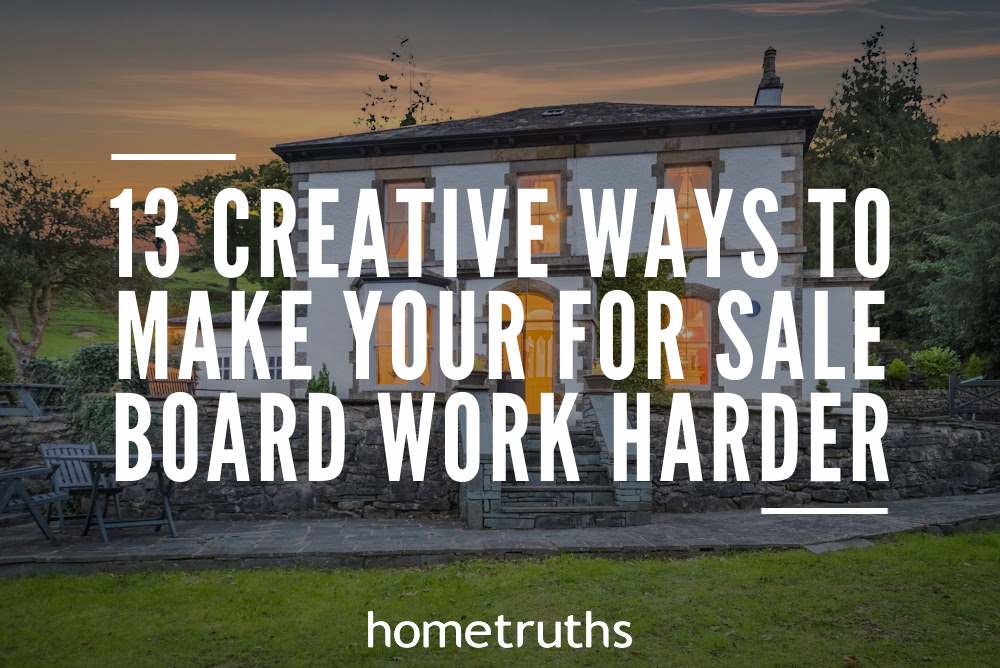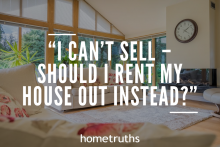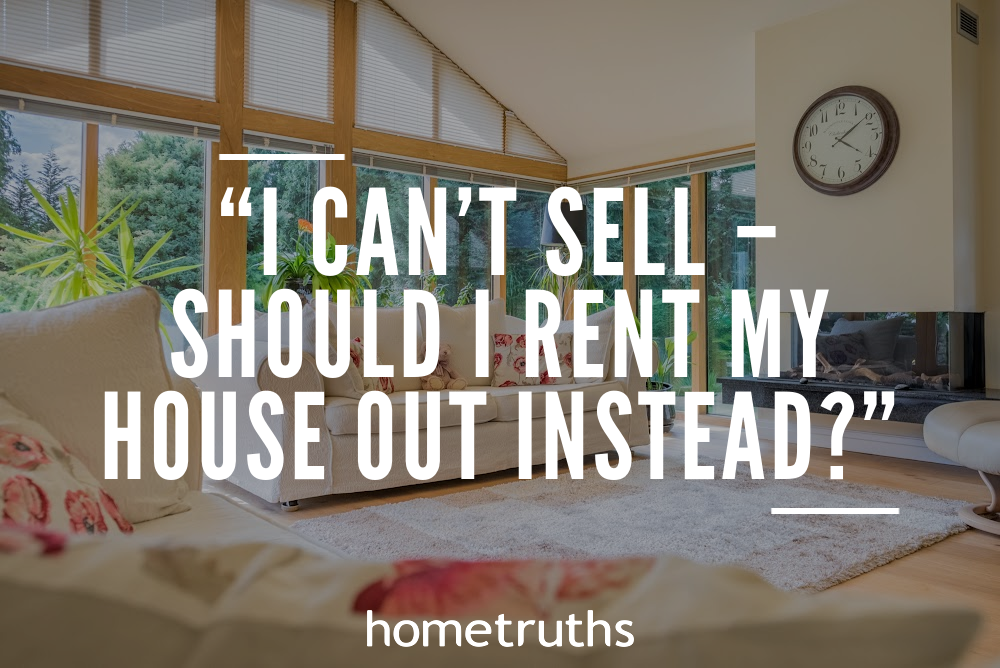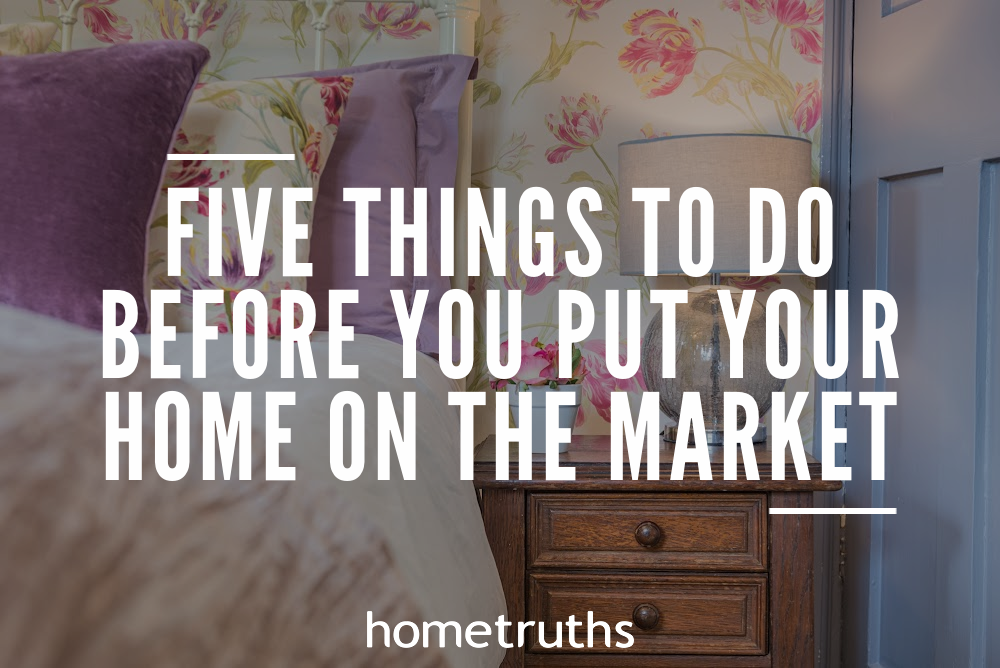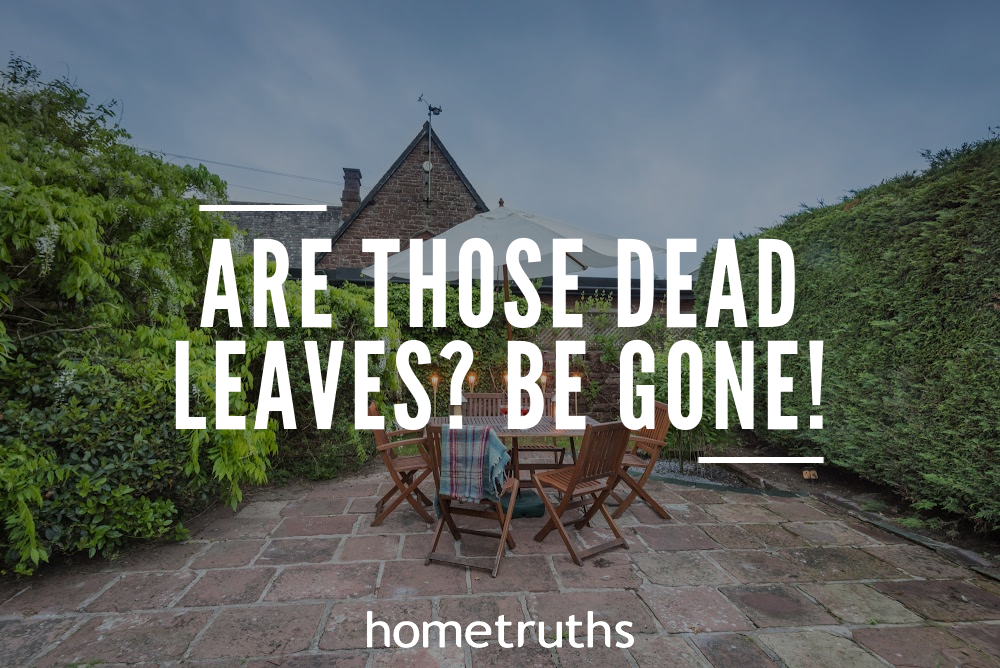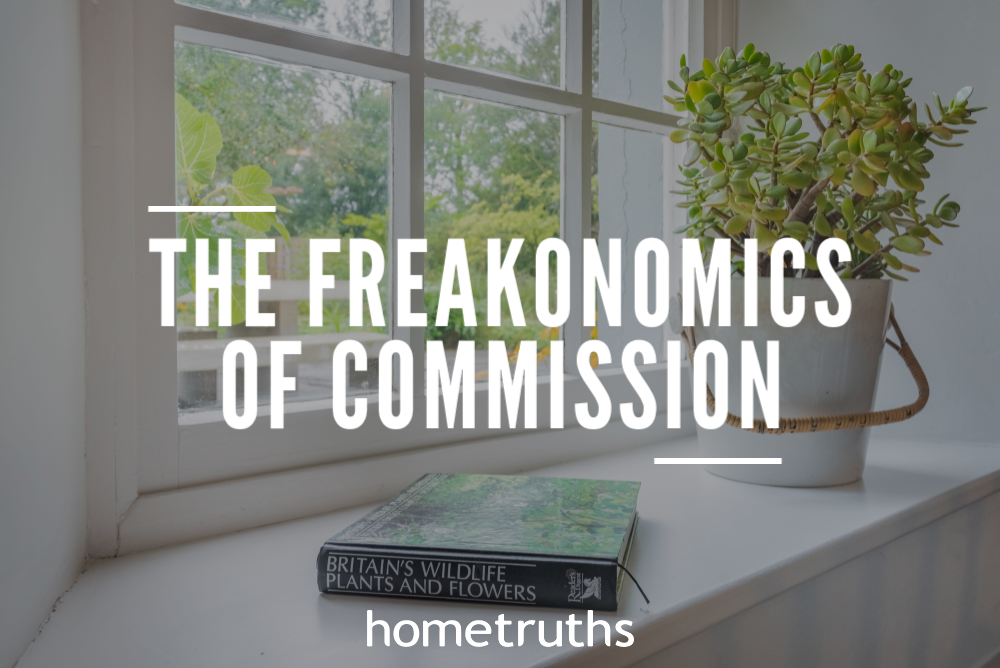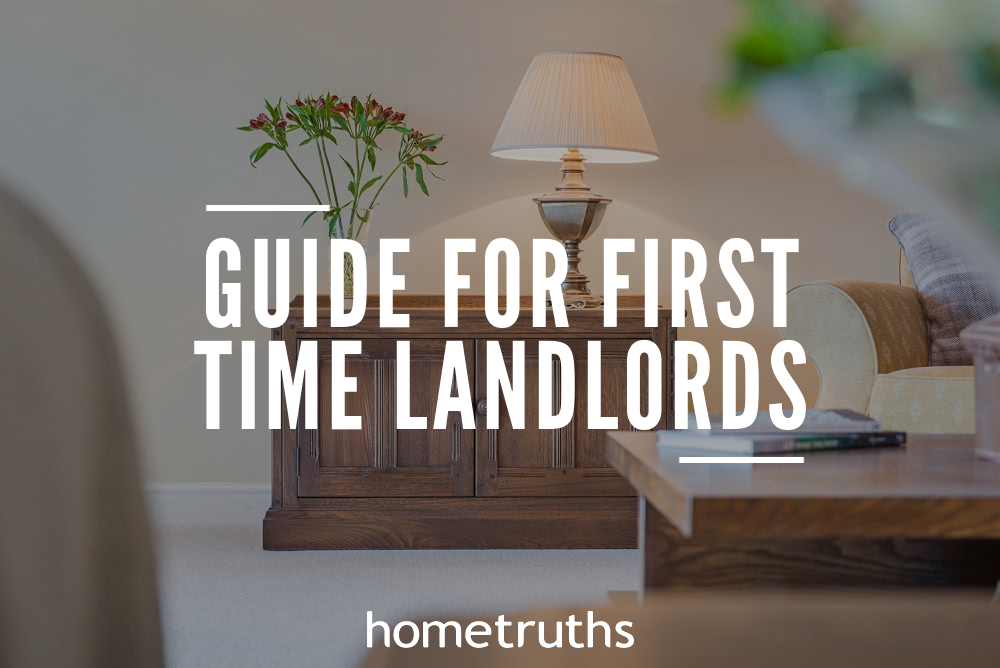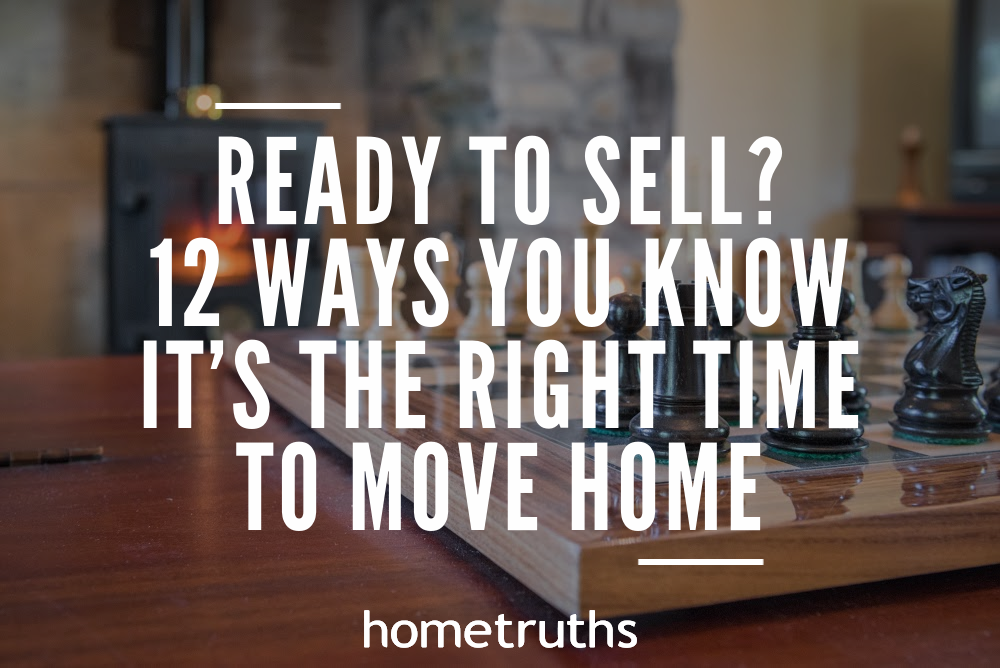Your for sale board is probably the most important part of your marketing campaign when you are selling your house. It shows your neighbours that your house is for sale, and they will naturally tell anyone they think might be interested in buying in the area. Not only that, but if you’re thinking of moving to an area, the first thing most people do is to have a drive around, looking for sale boards. In fact, some research shows that for every viewing that is booked, there are at least ten prospective buyers that simple drive fast, and discount your house.
If the for sale board is so important, why on earth aren’t agents using them more effectively? My advice is to take matters into your own hands and take some positive action to help attract more viewers. Here are some innovative and creative ways you can use your for sale board to generate viewings:
- Get a photo board – these are great for when your house can’t be seen, or properly appreciated, from the street. Try a photo of the kitchen on one side, and perhaps the view from the garden on the other. There are plenty of companies online that will print it for you, according to your specifications and design, and you can still include your agent’s logo and telephone number.
. - Print your price on the board – a radical idea this, and one that sellers rarely go for, and that’s why it makes it so effective! Not only will you stand out from the competition, a buyer doesn’t have to risk embarrassing themselves by calling the agent and finding out it’s completely out of their price range. Nor do they have to sit frustrated in their car trying to locate the property online in order to find out the price so they can book a viewing. And if these benefits weren’t enough to persuade you, how about the fact that it will make you seem much more confident about your asking price?!
. - Display your brochures – buy a brochure holder from somewhere like Staples or Amazon, making sure it has a lid for the rain, and attach it with cable ties to your board, or even your garden gate. Put half a dozen of your property brochures in it, and a little sign inviting people to ‘Please take one!’ You could even add to the note a nice message like “we’re often in and around for impromptu viewings at weekends, so please ring the doorbell if you’d like to take a look”. Well, you want to sell your house don’t you?!
. - Clean your board – perhaps not so radical, but still very important. An untidy, dirty, unkempt board looks shoddy and will make it seem your house has been on the market for many months. Even if it has, you don’t want your viewers to know that! Clean it up, and if necessary, get your agent to replace it with a new one.
. - Make it look pretty – imagine it’s a sign to promote a business, and make the ground it sits in look as attractive as possible. Plant some flowers, water and cut the grass, to give your buyer the impression that you care about your home and the way it looks, and also to give your board the attention it deserves!
. - Make sure it can be seen – think carefully about the best place for your board; is it to the side of your driveway, or in the front garden? Is there a grass verge which it could be fixed into, or would it be more appropriate to put it on your garden gate? Wherever you put it needs to indicate with no possibility of ambiguity, which house is for sale.
. - Add helpful suggestions – a little addition to your sign saying ‘please park in the drive’ or ‘front door to your left’ could be immensely helpful to your potential buyers, and start the viewing off on the right foot.
. - Draw attention to your sign – if you have an apple tree, put any superfluous apples in a trug with a sign saying ‘please help yourself’ next to your for sale sign. Or perhaps you have a multitude of daffodils and wouldn’t miss a few bunches; whatever it is, it will create attention and interest at the front of your property, and if you’ve left brochures outside, they could enjoy an apple whilst flicking through your brochure!
. - Light it up – if your house is in an unlit neighbourhood, perhaps you could angle one of your existing outside lights so your sale board is lit at night. Whilst local by-laws don’t allow for the sign to be lit in its own right, there’s nothing wrong with lighting it as part of your outside lighting scheme.
. - Add an ‘open house’ sign – have one ready for when you are available, then simply attach it to your sale board (from underneath with hooks like a guest house ‘vacancies’ sign is easiest). After all, if your house is usually tidy and in presentable condition, and you’re in doing some gardening or watching tv, why not let people come and see your house? They might actually buy it!
. - Get a ‘book board’ – this is something I’ve never actually seen but I’m convinced it would be a great idea! Have the sign manufacturer make you up a board with ‘pages’ – just one or two will be plenty – so that people can actually ‘leaf’ through your board as if it were your brochure. In fact, you could actually replicate your brochure in your sign! Whilst you’re limited to a sale board that doesn’t exceed 24” by 32”, nowhere does the law state you can only have a front and a back. And think of the interest this would create – I bet the local paper would come an interview you – free publicity!
. - Add your telephone number – yes, another radical idea, but it would save the buyers going through the agent to try to book a viewing, particularly if it’s on a Sunday, or a weekend. Why not seize the moment, and when they call, urge them to come straight round. Many buyers actually try to call the agent from outside the house, and become very quickly frustrated by the agent not answering, not returning the call, or the owner being unavailable. Imagine if they were to call you direct, and you could say “I’ll be home in ten minutes, if you can hang on. When I get there, I’ll put the kettle on for you”. Nice, friendly, helpful, and perhaps a very clever sales strategy.
. - Brand your board! Ok, not everyone will be able to do this, but for those who can, it could be oh so powerful. So what do I mean by ‘branding your board’? It’s simple! If your home is called ‘Rose Cottage’, decorate your board with roses; if it’s ‘Red Roofs’, paint your signpost red and maybe get an arty family member to make a little red roof for your board; ‘Lark View’? Glue a little model lark to your board. Have fun with it! At the very least, it will create a talking point, and that’s a very good start when you’re selling your home.
Well there you go. I don’t expect you to rush out and do all 13 at once, but even if you tried one or two, you never know where it might lead. And it would certainly make your agent sit up and take notice! Vendors being proactive in their own marketing? Whatever next?!
Happy selling 😮
If you’d like my help to sell your home more effectively, please answer a few short questions here and if I think I can help you, I’ll be in touch.



